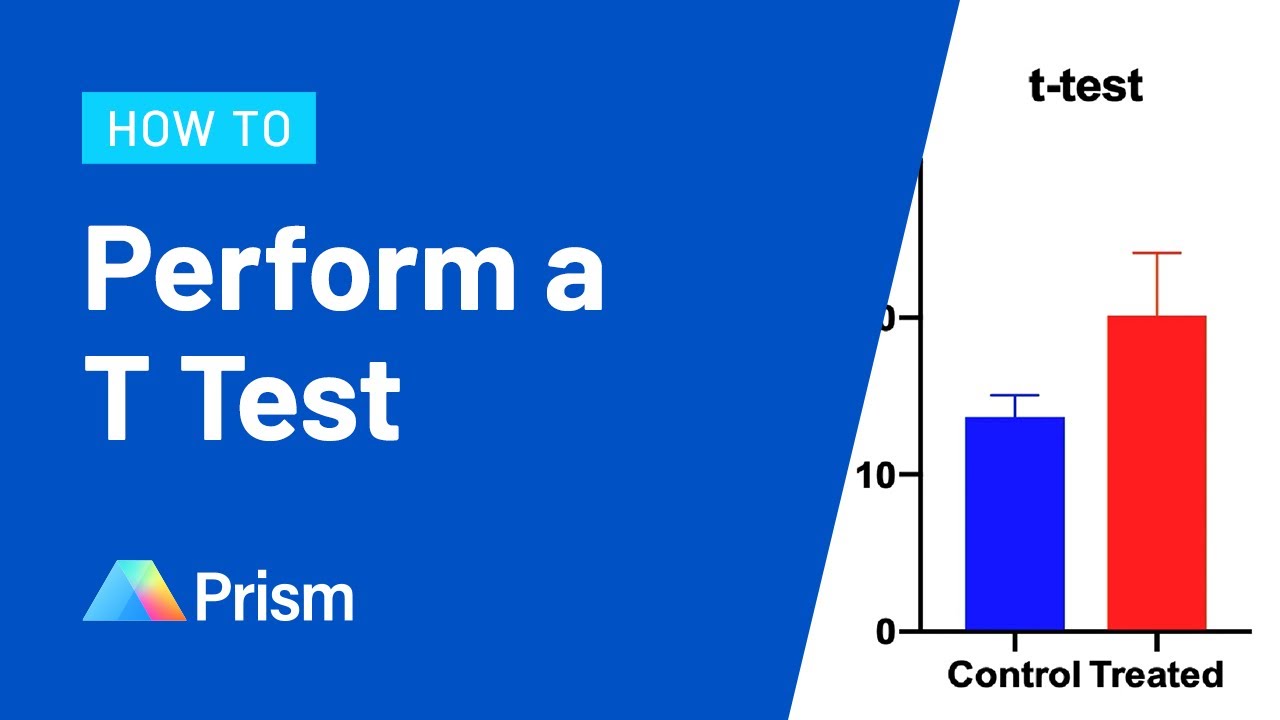
Thus, deep research in the interaction between A. Bacterial disease resistant to antibiotics is a huge challenge for the existence of a plasmid encoding β-lactamase in A. sobria ( Stano et al., 2008 Lim and Hong, 2020). Humans or animals get infected through ingestion of contaminated food or direct contact, exhibiting symptoms of bacteremia, tissue damage, pneumonia, meningitis, gastroenteritis, or septicemia, especially in people with weakened immune system ( San Joaquin and Pickett, 1988 Su et al., 2013 Wang et al., 2009). It is widely distributed in the natural environments, including water, soil, feces, etc., being a conditional pathogenic bacterium to humans, aquatic animals, livestock, and poultry ( Cahill, 1990 Song et al., 2019). sobria is a Gram-negative, single-flagella, rod-shaped, motile, facultative anaerobic bacterium of genus Aeromonas ( Taslimi et al., 2018). sobria is more frequently associated with human infections ( Daily et al., 1981). Among the Aeromonas isolates from human infections, a number of 85% cases are related to Aeromonas hydrophila, Aeromonas caviae, and Aeromonas sobria ( A. sobria induced proinflammatory cytokine production in PMφs through activating NLRP3 inflammasome signaling pathways.Īeromonas species are the causative agents of varieties of illnesses, including gastrointestinal infections and extraintestinal localizations in open wounds, hepatobiliary system, or eyes ( King et al., 1992). sobria–induced proinflammatory cytokine production. Blocking of NLRP3 inflammasome activation through K + efflux and cathepsin B or caspase approaches downregulated A. Meanwhile, the expression levels of NLRP3 receptor significantly increased, location analysis revealed puncta-like surrounding nuclear, and inhibition of NLRP3 inflammasome downregulated caspase-1 activation and IL-1β secretion. This process was regulated by ASC-dependent inflammasome, which cleavage pro-IL-1β into active IL-1β p17 with activated caspase-1 p20. The pro-IL-1β protein expression levels increased in a dose-dependent manner with MOI ranging from 1 to 100. sobria triggered various proinflammatory cytokine transcription level upregulation, and IL-1β occupied the highest levels. sobria induced lytic cell death and LDH release, whereas it had no adhesive properties on PMφs. We further elucidated the roles of activated inflammasome in regulating the host’s inflammatory response through inhibition combined with ELISA assays. We also investigated the levels of ASC oligomerization and determined the roles of active caspase-1 in IL-1β secretion through inhibition assays and explored the activated pattern recognition receptors through immunofluorescence. Pro-inflammatory cytokine expression levels were measured using qPCR, western blotting, and ELISA methods. sobria on PMφs were determined by May-Grünwald Giemsa staining and LDH release measurement. The present study established an A. sobria infection model using primary mouse peritoneal macrophages (PMφs).


Innate immunity is the first protection system of organism to resist non-specific pathogens invasion however, the immune response process of hosts against A. sobria is the most frequently isolated from human infections especially in immunocompromised subjects.


Statistics guide for graphpad prism 8 update#
If you change (or replace) the data, the analyses and graphs will update automatically.


 0 kommentar(er)
0 kommentar(er)
